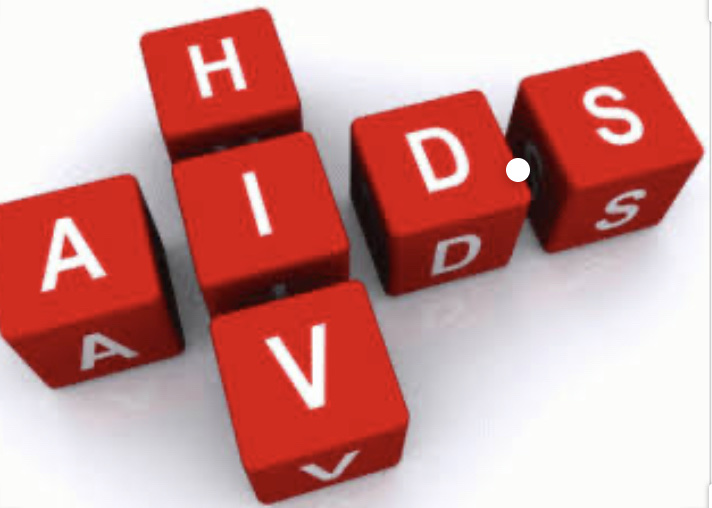
The Human Immunodeficiency Virus popularly refer to as HIV is a virus that causes acquired immunodeficiency syndrome AIDS. Before then, it weakens the immune system, specifically the CD4 cells (T cells) and leaves it vulnerable so that it cannot fight off germs and other common external invaders.
When someone immune system is mired with HIV, he or she surfers from sickness that wouldn’t ordinarily affect people on a normal circumstances. Such abnormalities is a reflection of the entrenched virus within the body
HIV is not gender selective, neither is it limited by someone’s age. Anyone can contact it. A person may look outrightly healthy and still spread the virus with them having to know that they were already infected. Same applies with whoever they are involved with.
Having the virus does not immediately translate to Aids. It is something to that develops through successive stages and may Begin to get more deadlier in the process. AIDS is the last stage of HIV.
There have not been any recommended permanent cure for this virus except for some control pills which helps to manage the infection. This medicine is refer to as anti retroviral therapy or ART. This medicine not only help in prolonging the life’s of infected people, it also lower the chances of infecting others if properly administered. Before the discovery of this drug, it is always possible for someone to develop from HIV into AIDS but with the help of ART, someone diagnosed with HIV and who quickly resort to treatment can live as long as someone without the infection.
HIV may be say to be in three stages. And when someone with the disease fails to receive treatment, it eventually progress into these stages. But with the help of the (ART), it slows the chances of such progression and undoubtedly reduces transmission.
1:Acute HIV infection: This is usually the first stage of HIV infection. At this stage, a person may experience a few symptoms which would mean, the persons body is responding to the infection. A person may also not fall sick but the blood within he or she has accumulated so much virus that is easily and readily contagious.
2:clinical latency: At this stage, it is assume that HIV ha become chronic in the body but reproduces at a very low level. One mustn’t feel any symptoms st this stage. Some infected persons have luckily survived this stage more a decade while some progresses to the next stage. But those taking their drugs on regular basis may live longer than three decades. HIV at this stage is also transmittable but the chances becomes less when a person is consistent with the (ART) drug
3 Acquired immunodeficiency syndrome (AIDS)
This is the last stage of HIV. At this stage, sickness and symptoms becomes more dangerously severe. The immune system is pang with a badly shape immune system as a result of the excessive virus and the infected person suffers from illness known as opportunistic illness.
The stipulated time for infected people with AIDS who do not receive treatment is at maximum 3 years. Symptoms to AIDS may include, fever, swollen lymph, weight loss etc.
Mode of infection
1. By unprotected sexual intercourse with a carrier
2. Analysis sex as practised by homosexuals
3. By blood transfusion from an infected person to an uninfected person.
4. By oral sex
5. Using unsterilized infected needles
6. From infected mother to her baby in the womb or during birth.
This virus HIV is usually seen in locations like the blood, semen, vaginal secretions and breast milk.
Symptoms of HIV/AIDS
1. Weight loss greater than 10%
2. Fever longer than one month
3. Chronic diarrhoea longer than one month
4. Persistent severe fatigue
5. Persistent cough longer than one month
6. General skin irritation
7. Swelling of the glands
8. Rashes all over the body.
Control of HIV/AIDS
1. National mass campaigns to educate everyone of the dangers of HIV,how it is spread and how to avoid it.
2. Keep to one faithful partner and use condom when having sexual intercourse.
3. Sharing of injection needles, razor blades, ear piecers must be avoided.
4. Blood must be screened to avoid transfusing blood infected with HIV to a patient.
5. Before marriage, both partners should be test their blood to make sure that they are both free from HIV.
6. Avoid Analytics and oral sex
7. A woman infected with HIV, should avoid pregnancy as she may stand the risk of infecting her unborn baby.
